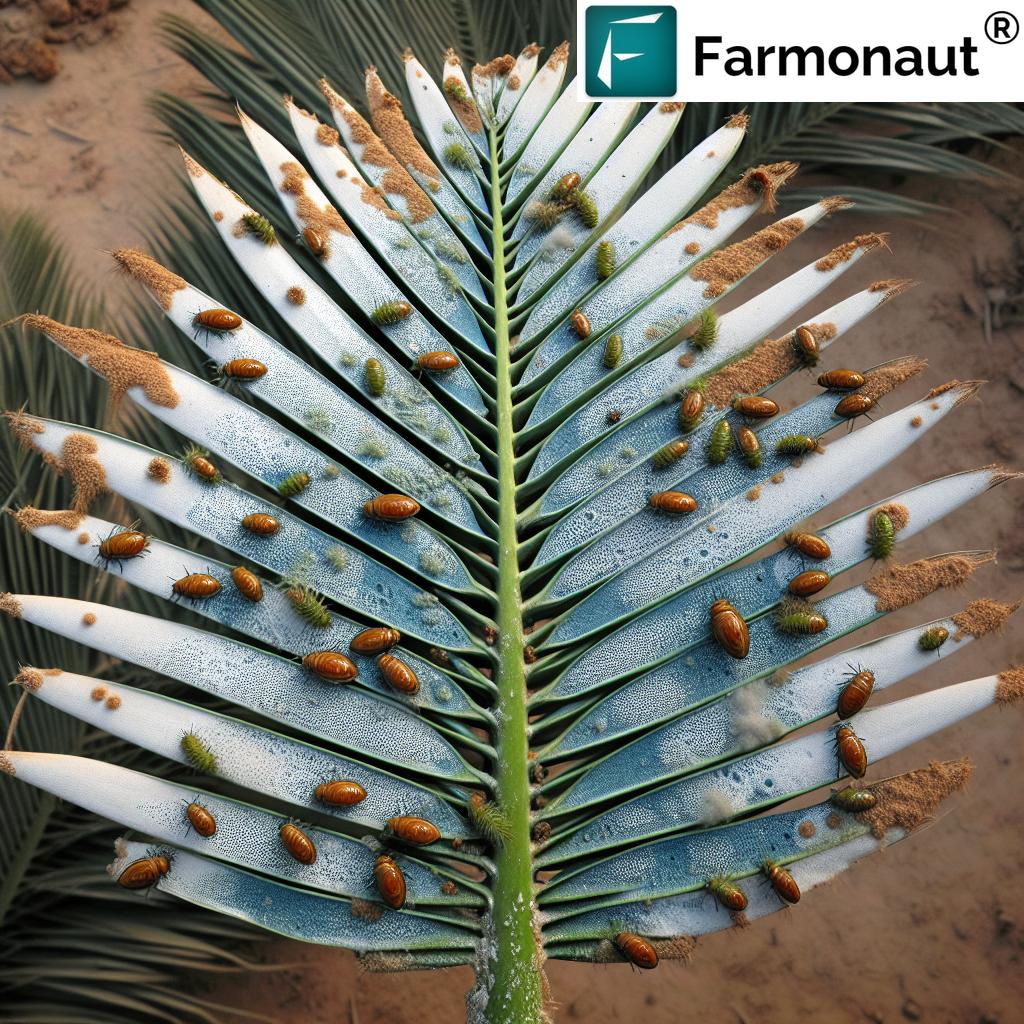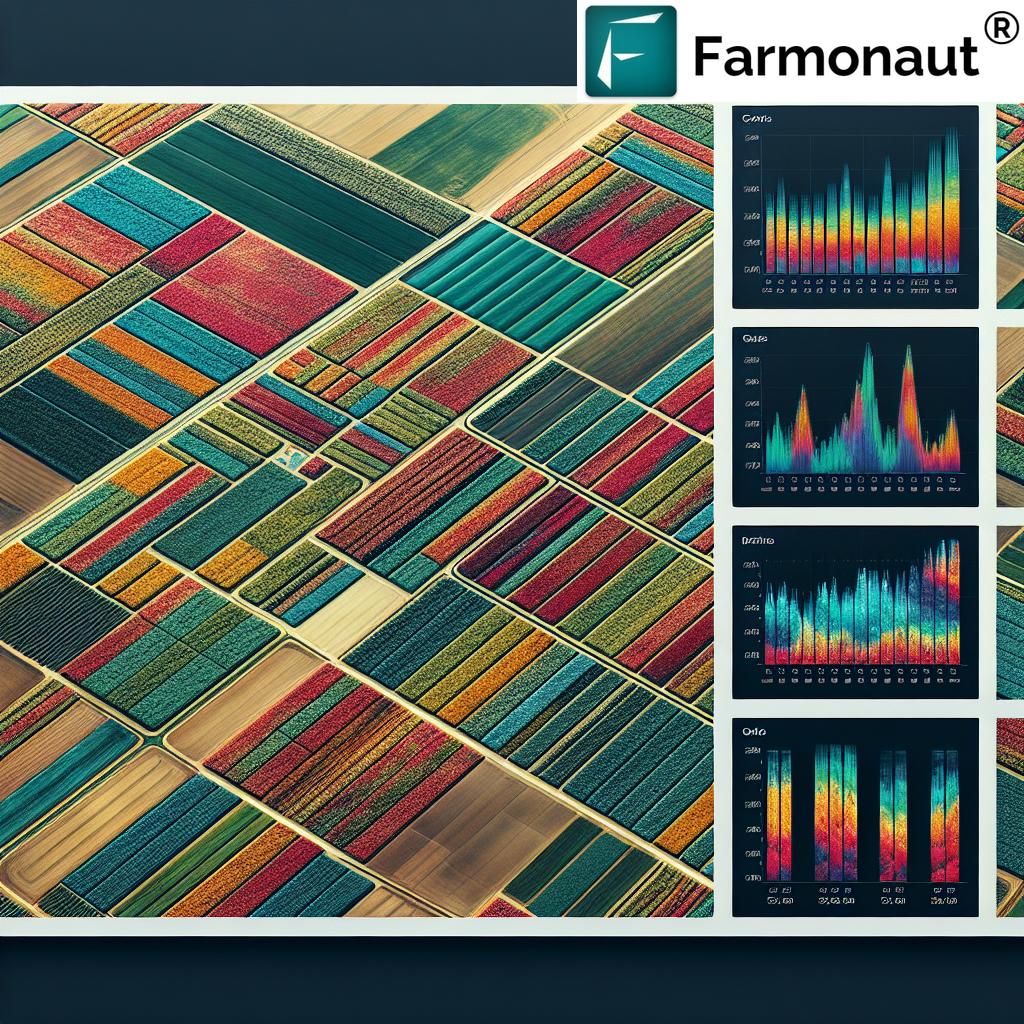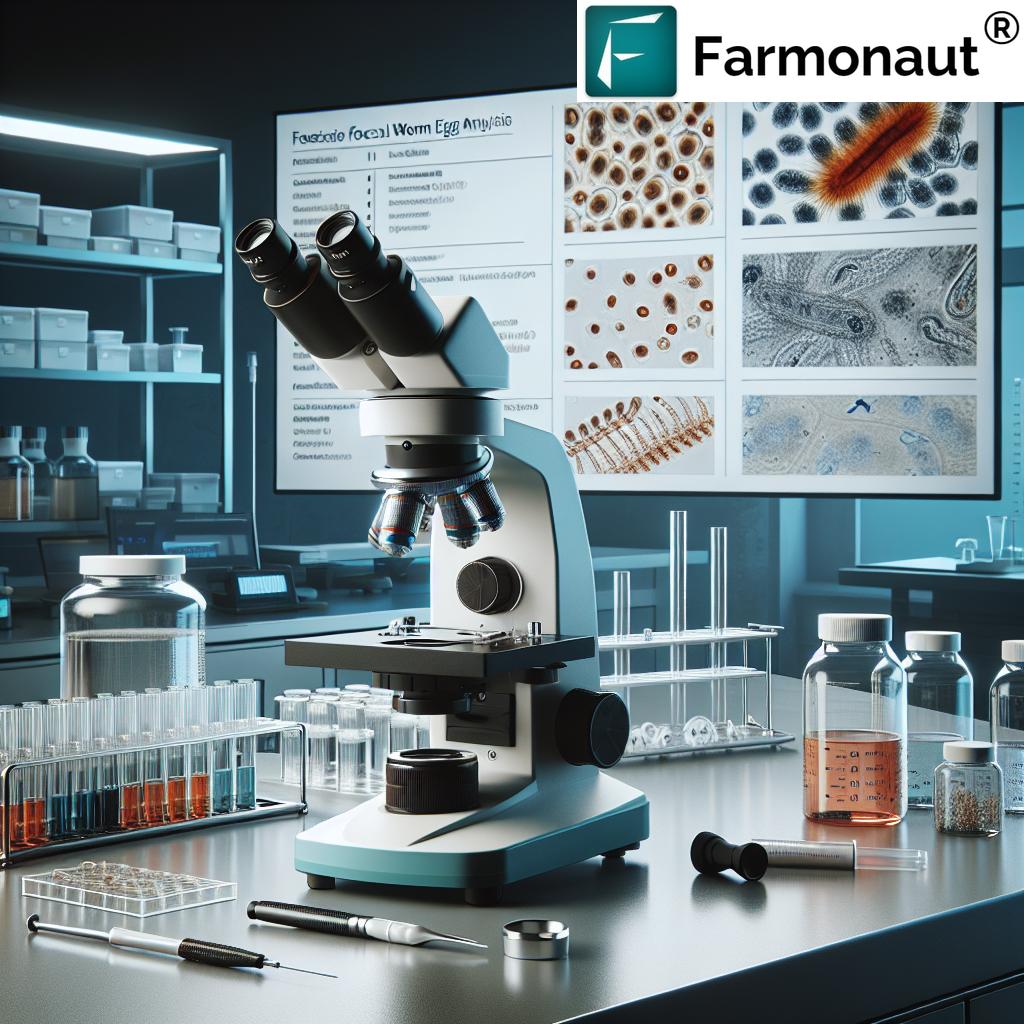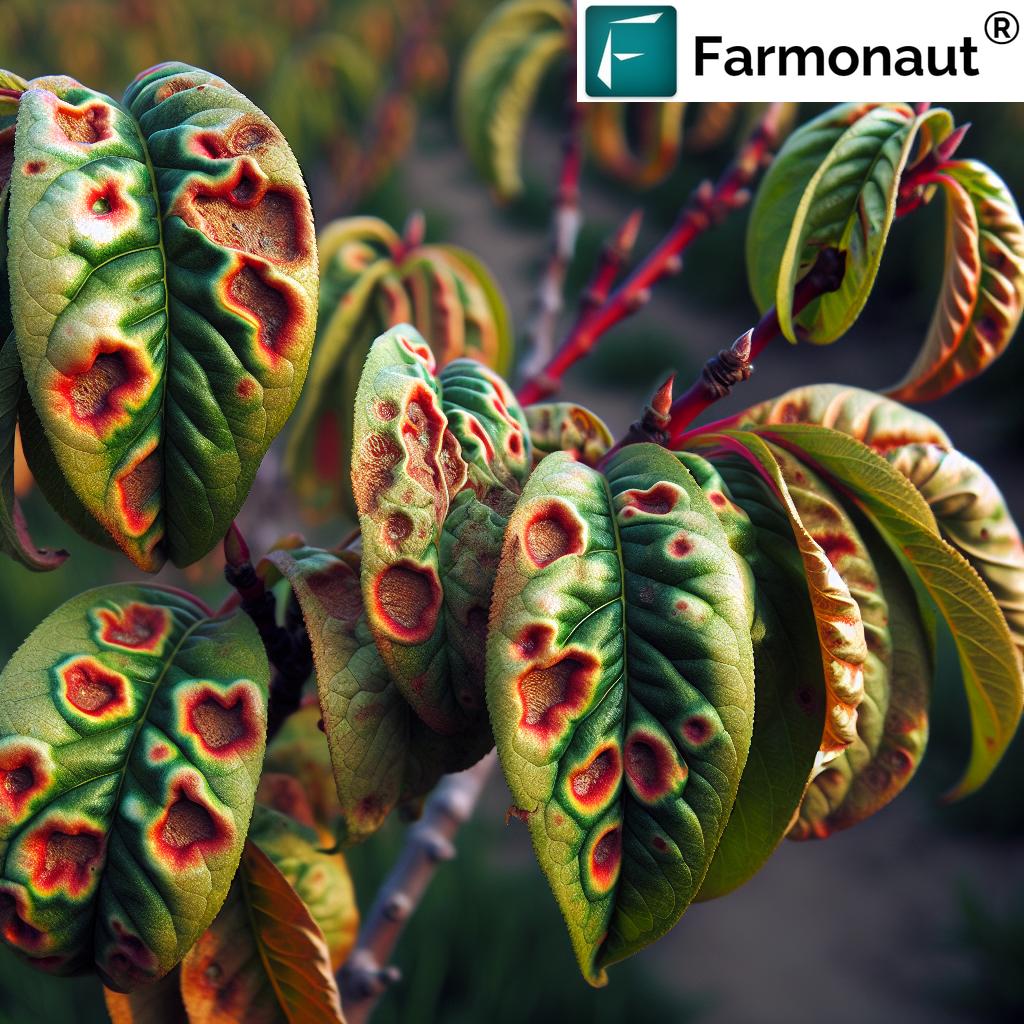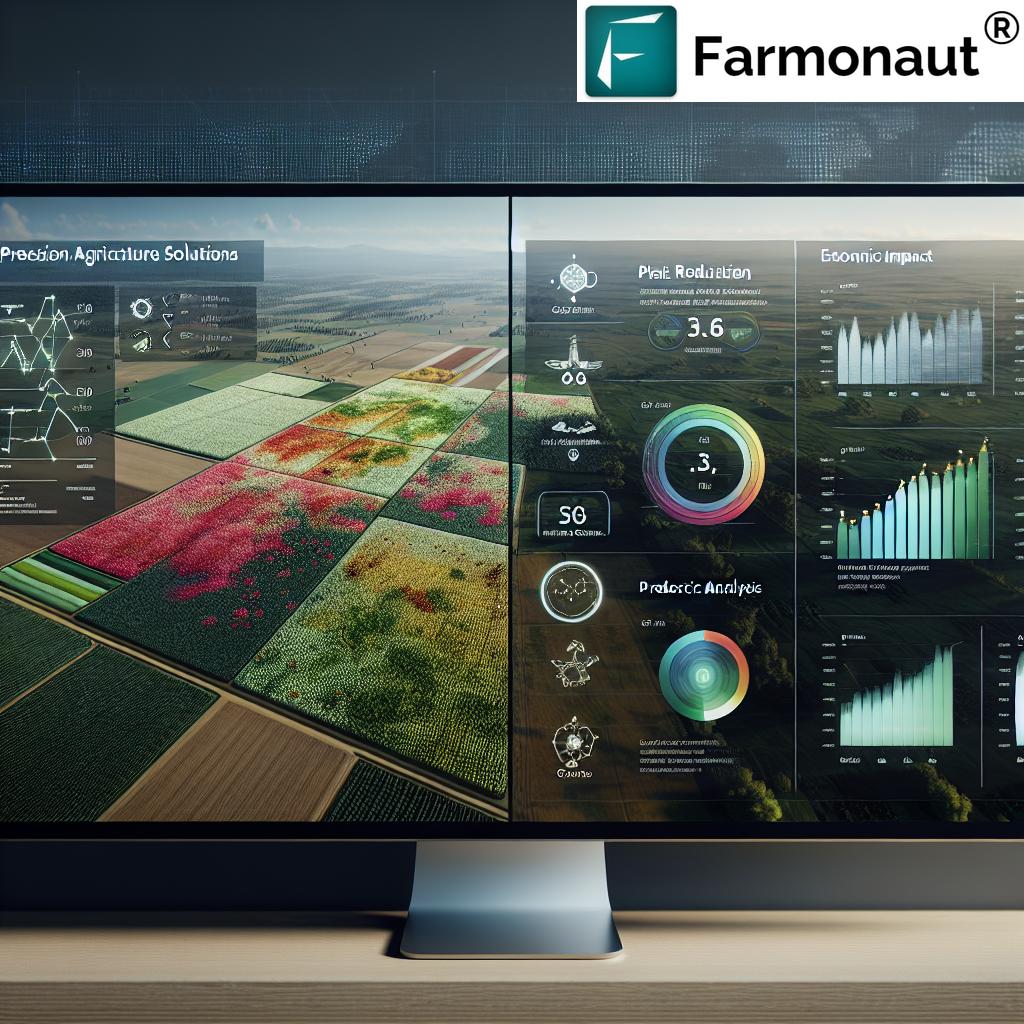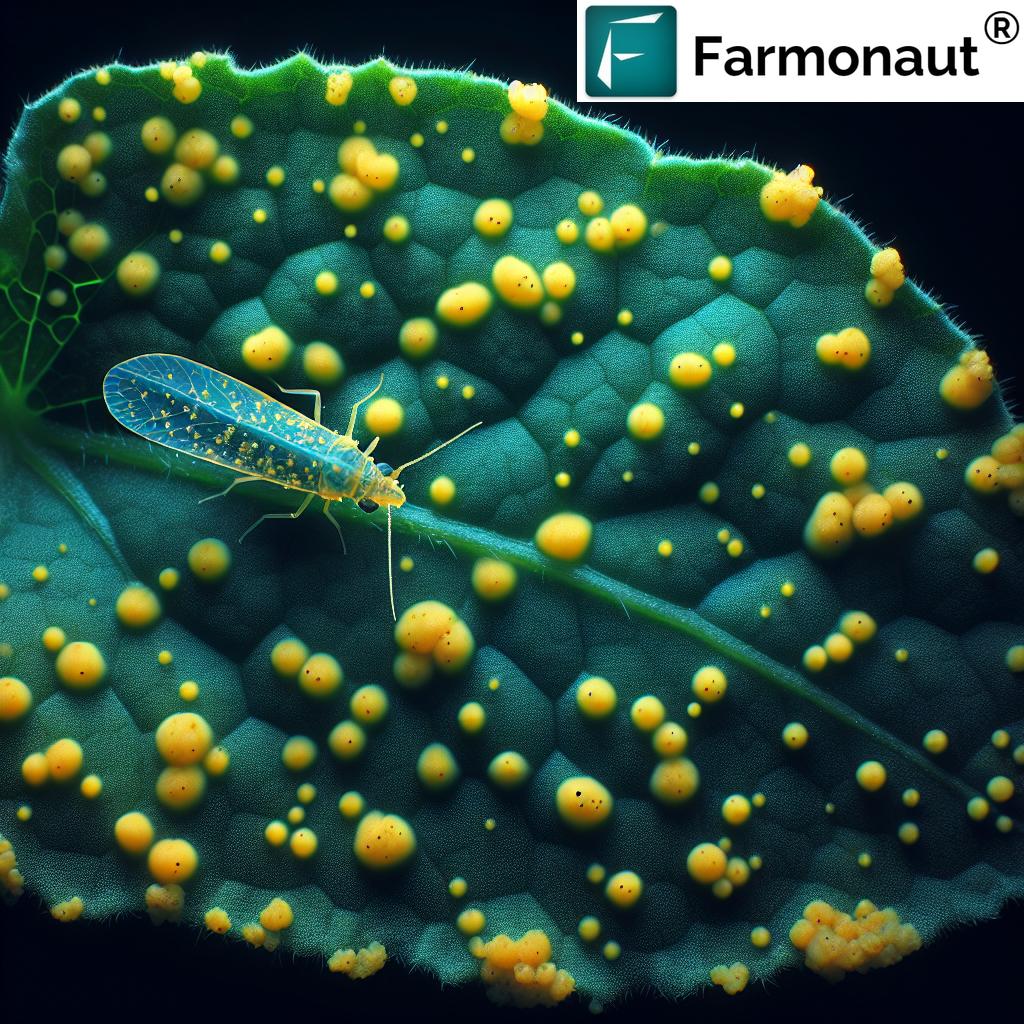Mastering Aphid Control: From Yellow to Hairy, Indoor to Outdoor – A Comprehensive Guide
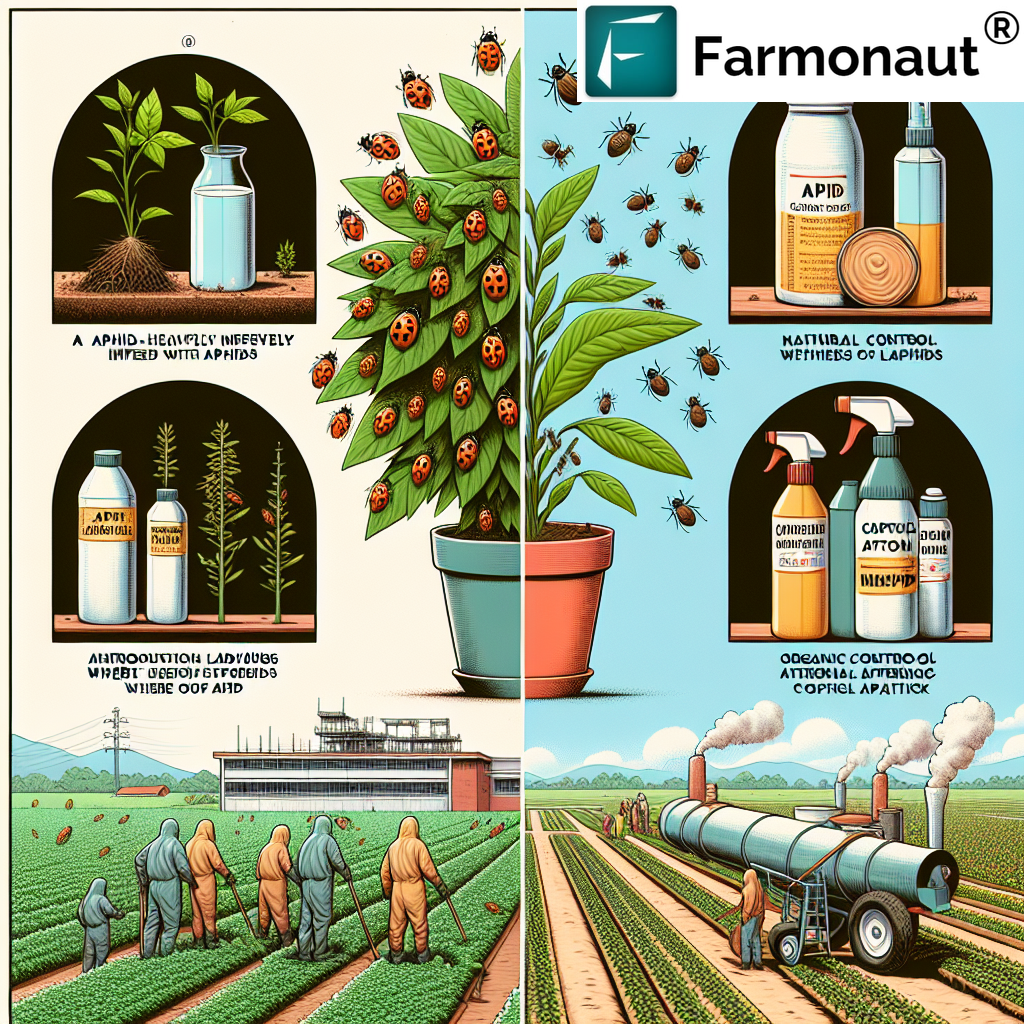
Welcome to our comprehensive guide on aphid control! At Farmonaut, we understand the challenges farmers and gardeners face when dealing with these persistent pests. In this blog post, we’ll dive deep into the world of aphids, exploring various types, their impacts, and most importantly, how to effectively manage them both indoors and outdoors. Whether you’re battling yellow aphids, hairy aphids, or any other variety, we’ve got you covered with expert advice and cutting-edge solutions.
Table of Contents
- Understanding Aphids: A Closer Look
- Types of Aphids: From Yellow to Hairy
- The Anatomy of an Aphid: Focus on Mouthparts
- Are Yellow Aphids Harmful?
- What Causes Aphid Infestations?
- Aphid Control Strategies for Indoor Plants
- Outdoor Aphid Management Techniques
- Farmonaut’s Role in Pest Management
- FAQs About Aphid Control
1. Understanding Aphids: A Closer Look
Aphids are small, soft-bodied insects that can wreak havoc on crops and garden plants. These pests are found worldwide, including in Nepal, where they’re known as “aphids in Nepali” or “लाही कीरा” (lahi kira). Their rapid reproduction rate and ability to transmit plant viruses make them a significant concern for agriculturists and home gardeners alike.
Key Characteristics of Aphids:
- Size: Typically 1-3 mm long
- Colors: Can range from green, yellow, black, brown, to red
- Reproduction: Can reproduce asexually, leading to rapid population growth
- Feeding Habits: Suck sap from plants using specialized mouthparts
2. Types of Aphids: From Yellow to Hairy
Aphids come in various types, each with its own characteristics and preferred host plants. Let’s explore some common varieties:
Yellow Aphids
Are yellow aphids harmful? Yes, they can be. Yellow aphids, often found on citrus trees and other plants, can cause significant damage by sucking sap and potentially transmitting viruses. Their bright color makes them easier to spot, but they can quickly multiply if left unchecked.
Hairy Aphids
Hairy aphids, also known as woolly aphids, are distinctive due to their waxy, cotton-like covering. This fuzzy appearance can make them harder to identify at first glance. They’re particularly fond of apple trees and can cause stunted growth and leaf curling.
Other Common Aphid Types
- Green Peach Aphids
- Black Bean Aphids
- Rosy Apple Aphids
- Cabbage Aphids
3. The Anatomy of an Aphid: Focus on Mouthparts
Understanding aphids’ mouthparts is crucial in comprehending how they damage plants and why certain control methods are effective. Aphids have specialized mouthparts called stylets, which are like tiny straws they use to pierce plant tissues and suck out sap.
Key Features of Aphid Mouthparts:
- Stylet Bundle: A set of needle-like structures
- Rostrum: A beak-like sheath that protects the stylets
- Salivary Canal: Injects saliva into the plant to aid feeding
- Food Canal: Draws plant sap into the aphid’s body
These sophisticated mouthparts allow aphids to feed efficiently while minimizing damage to the plant’s outer tissues. However, their feeding can still lead to various plant issues, including:
- Stunted growth
- Leaf curling
- Yellowing of leaves
- Transmission of plant viruses
4. Are Yellow Aphids Harmful?
We often get asked, “Are yellow aphids harmful?” The short answer is yes, they can be quite harmful to plants. Here’s why:
- Sap Feeding: Yellow aphids, like other aphid species, feed on plant sap, which can weaken the plant over time.
- Honeydew Production: As they feed, yellow aphids excrete a sticky substance called honeydew, which can lead to the growth of sooty mold on leaves.
- Virus Transmission: They can act as vectors for plant viruses, potentially spreading diseases between plants.
- Leaf Distortion: Heavy infestations can cause leaves to curl, yellow, or become distorted.
While a small number of yellow aphids might not cause significant damage, their rapid reproduction rate means that populations can quickly get out of control. This is why early detection and management are crucial.
5. What Causes Aphid Infestations?
Understanding what causes aphids to infest plants is key to preventing and managing these pests effectively. Several factors can contribute to aphid infestations:
- Environmental Conditions: Warm, dry weather can lead to rapid aphid reproduction.
- Overuse of Nitrogen Fertilizers: Excessive nitrogen can make plants more attractive to aphids.
- Lack of Natural Predators: Absence of beneficial insects like ladybugs can allow aphid populations to thrive.
- Stressed Plants: Plants that are already weakened or stressed are more susceptible to aphid attacks.
- Nearby Infested Plants: Aphids can easily spread from one plant to another in close proximity.
At Farmonaut, we emphasize the importance of regular monitoring and early detection. Our satellite-based crop health monitoring system can help detect stress in plants early, potentially indicating pest problems before they become severe. Learn more about our monitoring services here.
6. Aphid Control Strategies for Indoor Plants
Dealing with aphids indoors requires a different approach compared to outdoor infestations. Here are some effective strategies to get rid of aphids indoors:
How to Get Rid of Indoor Aphids
- Isolate Affected Plants: Prevent the spread by separating infested plants from healthy ones.
- Manual Removal: Gently wipe or spray aphids off leaves with water.
- Insecticidal Soap: Use a mild soap solution to kill aphids without harming plants.
- Neem Oil: Apply neem oil as a natural insecticide and repellent.
- Prune Heavily Infested Areas: Remove and dispose of plant parts with severe infestations.
- Encourage Natural Predators: If possible, introduce ladybugs or lacewings to your indoor plants.
- Sticky Traps: Use yellow sticky traps to capture flying aphids.
Remember, consistency is key when dealing with indoor aphid infestations. Regular inspection and prompt action can prevent small problems from becoming major infestations.
7. Outdoor Aphid Management Techniques
Managing aphids in outdoor settings, whether in a garden or on a larger scale in agricultural fields, requires a comprehensive approach. Here are some effective techniques:
- Biological Control: Encourage natural predators like ladybugs, lacewings, and parasitic wasps.
- Companion Planting: Grow plants that repel aphids, such as marigolds, nasturtiums, and alliums.
- Water Sprays: Use strong jets of water to knock aphids off plants.
- Organic Sprays: Apply neem oil, insecticidal soaps, or garlic sprays.
- Pruning and Disposal: Remove heavily infested plant parts and dispose of them properly.
- Crop Rotation: For agricultural settings, rotate crops to disrupt aphid life cycles.
- Reflective Mulches: Use silver-colored mulches to repel aphids in vegetable gardens.
For larger agricultural operations, integrating these techniques with advanced monitoring systems can significantly improve pest management efficiency.
8. Farmonaut’s Role in Pest Management
At Farmonaut, we’re committed to helping farmers and agriculturists manage pests like aphids more effectively through our advanced satellite-based monitoring system. Here’s how our technology can assist in aphid management:
- Early Detection: Our satellite imagery can detect changes in crop health, potentially indicating pest infestations before they become visible to the naked eye.
- Precision Application: By identifying specific areas of concern, we help farmers apply pest control measures more precisely, reducing overall pesticide use.
- Data-Driven Decision Making: Our AI-powered insights help in making informed decisions about when and where to implement pest control strategies.
- Monitoring Effectiveness: Track the effectiveness of your pest management strategies over time with our continuous monitoring capabilities.
To learn more about how Farmonaut can revolutionize your pest management approach, visit our application page or explore our API services.
Farmonaut Satellite System vs. Drone and IoT-based Farm Monitoring
| Feature | Farmonaut Satellite System | Drone-based Monitoring | IoT-based Monitoring |
|---|---|---|---|
| Coverage Area | Large scale (Entire farms) | Limited by flight time and regulations | Limited by sensor placement |
| Frequency of Data Collection | Regular intervals (weather permitting) | As needed, but requires manual operation | Continuous, real-time data |
| Initial Setup Cost | Low (subscription-based) | High (equipment purchase) | Moderate to High (sensors and network setup) |
| Maintenance Requirements | Minimal (managed by Farmonaut) | Regular (equipment maintenance) | Moderate (sensor maintenance and calibration) |
| Data Analysis | Advanced AI and machine learning | Requires separate analysis tools | Often includes basic analysis tools |
| Scalability | Highly scalable | Limited by operational capacity | Scalable but requires additional hardware |
9. FAQs About Aphid Control
Here are some frequently asked questions about aphid control:
Q: What are the most effective natural predators of aphids?
A: Ladybugs, lacewings, and parasitic wasps are among the most effective natural predators of aphids. Encouraging these beneficial insects in your garden can help keep aphid populations in check.
Q: How quickly can aphids reproduce?
A: Aphids can reproduce extremely quickly. Under ideal conditions, aphids can give birth to live young (rather than laying eggs) and these nymphs can start reproducing in as little as a week.
Q: Can aphids survive winter?
A: Some aphid species lay eggs that overwinter, while others may survive as adults in protected areas. In warmer climates, aphids can remain active year-round.
Q: Are there any plants that repel aphids?
A: Yes, certain plants are known to repel aphids. These include marigolds, nasturtiums, garlic, and chives. Planting these around susceptible crops can help deter aphids.
Q: How do I know if my plants have aphids?
A: Look for clusters of small insects on the undersides of leaves or new growth. Other signs include curled or distorted leaves, sticky residue on leaves (honeydew), and the presence of ants, which are attracted to honeydew.
Q: Can aphids harm humans?
A: Aphids do not directly harm humans as they don’t bite, sting, or transmit human diseases. However, they can cause significant damage to plants, which can indirectly affect human food sources.
Conclusion
Mastering aphid control is crucial for maintaining healthy plants, whether in a small indoor garden or across vast agricultural fields. From understanding what causes aphids to implementing effective strategies to get rid of aphids indoors and outdoors, this comprehensive guide provides you with the knowledge to tackle these persistent pests.
Remember, successful pest management often involves a combination of techniques and regular monitoring. With Farmonaut’s advanced satellite-based monitoring system, you can take your pest management strategy to the next level, ensuring early detection and precise control measures.
For more information on how Farmonaut can help you manage pests and optimize your crop health, visit our website or download our app:
Stay ahead of pest problems and maximize your yield with Farmonaut’s cutting-edge agricultural technology solutions. Together, we can create a more sustainable and productive future for agriculture.
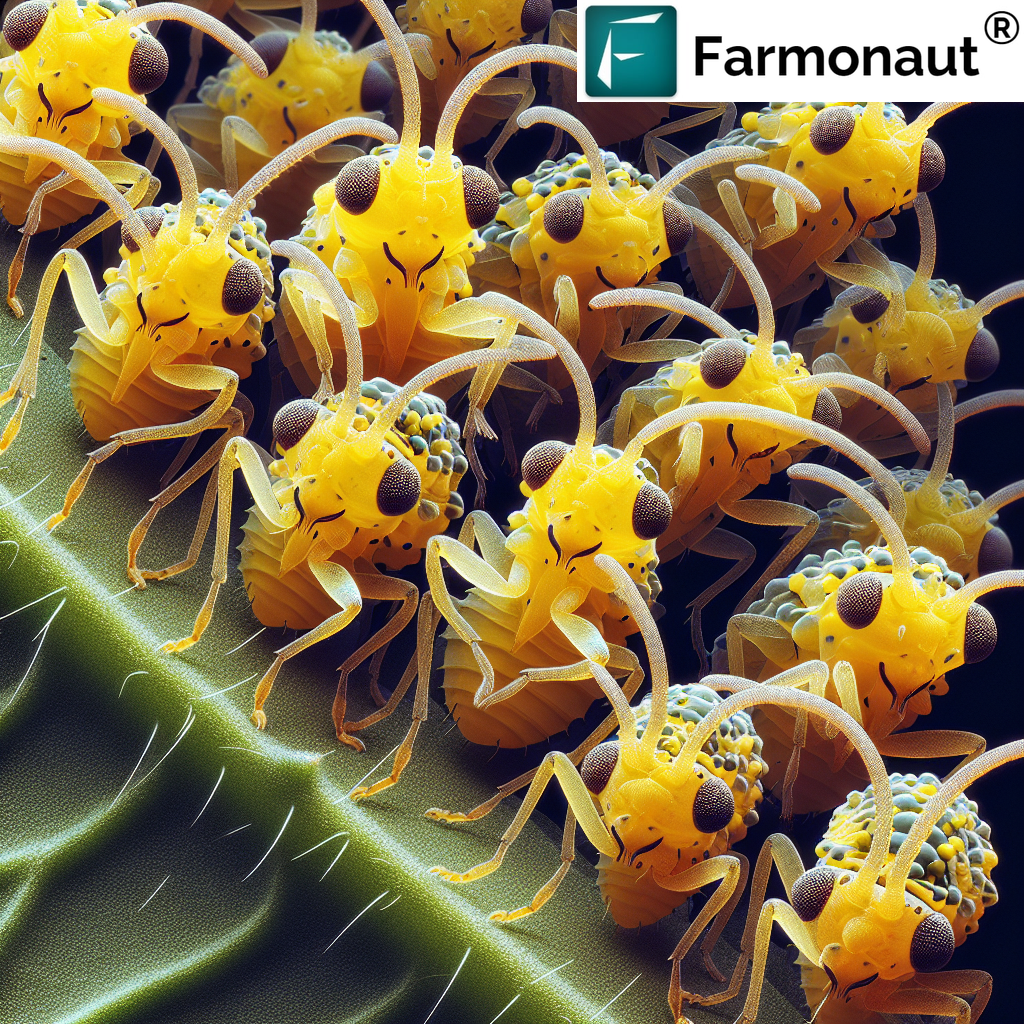
Ready to take your farm management to the next level? Subscribe to Farmonaut’s services today:
For developers interested in integrating our satellite and weather data into their applications, check out our API documentation.



